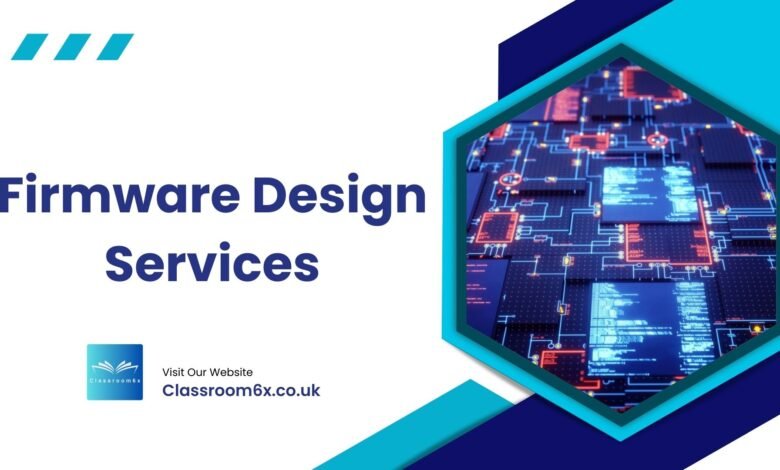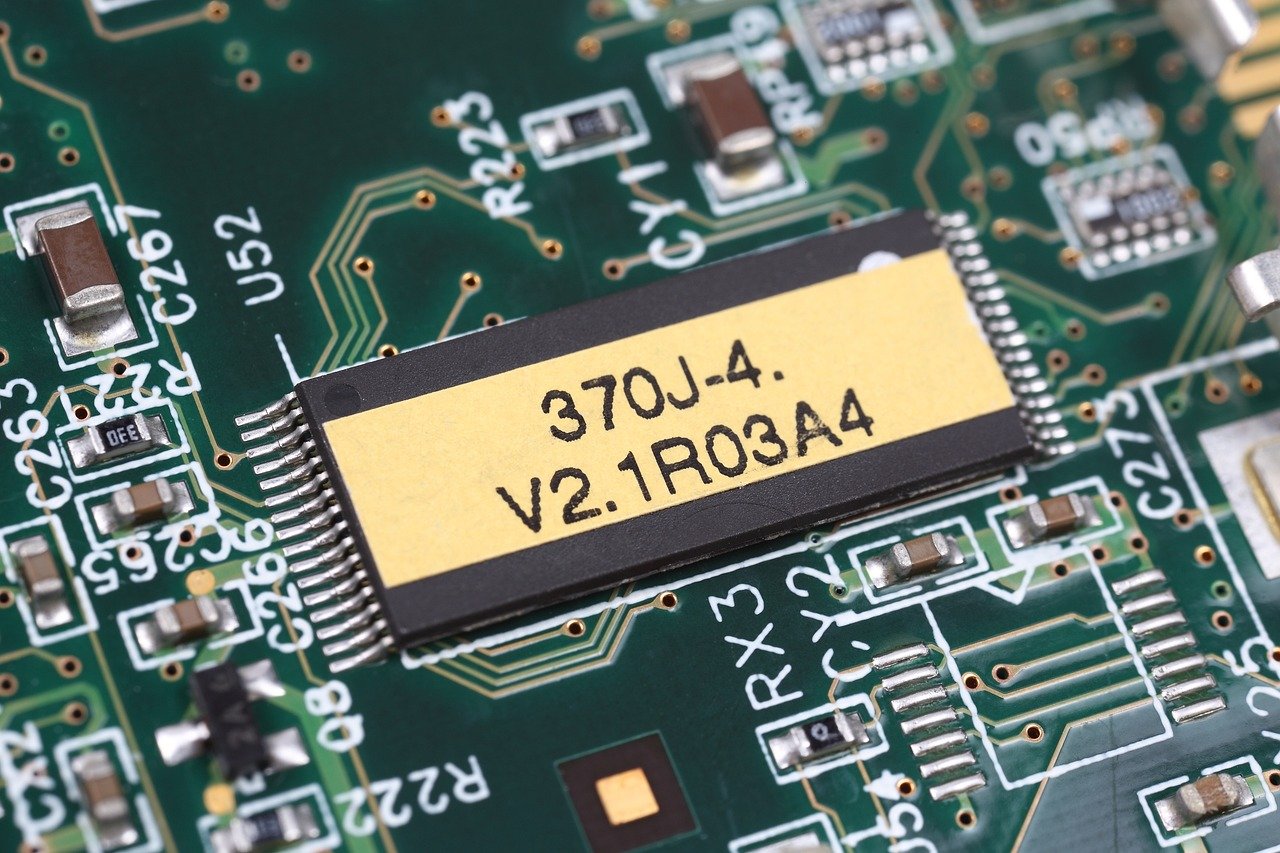Firmware Design Services: The Foundation of Embedded Systems

In the world of embedded systems, firmware is the critical software layer that enables hardware components to function as intended. Firmware design services focus on creating the specialized code that runs directly on the hardware, controlling and managing its operations. Whether it’s for consumer electronics, medical devices, automotive systems, or industrial machinery, the quality and precision of firmware design can make or break the performance of a product. As technology continues to evolve, the demand for expert firmware design services has grown, driven by the need for efficient, reliable, and secure embedded solutions.

What Are Firmware Design Services?
Firmware design services encompass the development, implementation, and testing of firmware—specialized software that is permanently embedded in a hardware device. This software is designed to interact closely with the hardware components, such as microcontrollers, sensors, and communication modules, ensuring that the device functions smoothly. Unlike application software, which can be modified or replaced easily, firmware is typically stored in non-volatile memory and plays a fundamental role in the operation of the hardware.
A professional firmware design service includes various stages of development, from initial concept and architecture design to coding, testing, and optimization. The goal is to ensure that the firmware is efficient, meets the performance requirements, and is robust enough to handle real-world conditions. Whether a device requires simple functionality, such as controlling basic inputs and outputs, or complex real-time processing, firmware is essential to the device’s operation.
The Importance of Customized Firmware Solutions
Firmware must be tailored to the specific hardware and application it is designed for. Off-the-shelf solutions rarely meet the unique requirements of different devices and industries. This is where professional firmware design services come in, offering customized solutions that are optimized for specific applications. Each embedded system has unique hardware configurations, operating environments, and performance expectations, and custom firmware ensures that all these aspects are addressed seamlessly.
For instance, in industries like automotive or aerospace, where reliability and safety are paramount, the firmware must be designed with a focus on redundancy, error detection, and fail-safe mechanisms. In contrast, consumer electronics may prioritize power efficiency and user-friendly interfaces. In all cases, customized firmware ensures that the device performs optimally in its intended environment, with a focus on durability, performance, and security.
Optimizing Performance Through Efficient Firmware Design
A key element of firmware design services is the optimization of system performance. Well-designed firmware ensures that the hardware components of a device operate efficiently, minimizing power consumption and maximizing speed. This is especially critical in battery-powered devices, such as smartphones, wearables, and IoT sensors, where energy efficiency is a major concern. Poorly designed firmware can lead to unnecessary power usage, increased heat generation, and decreased battery life.
In addition to power efficiency, performance optimization in firmware also involves managing the device’s response times, data throughput, and error handling. Professional firmware designers use techniques such as interrupt-driven programming, direct memory access (DMA), and real-time operating systems (RTOS) to ensure that the system operates in real-time, even in demanding environments. The end result is a highly responsive, efficient, and reliable system that meets the specific needs of the application.
Ensuring Security and Reliability in Firmware Design
Security is another critical aspect of firmware design services. As embedded systems become more connected through the Internet of Things (IoT), they become potential targets for cyberattacks. Secure firmware design involves implementing measures to protect against unauthorized access, data tampering, and other security vulnerabilities. This includes techniques such as encryption, secure boot processes, and regular firmware updates to patch vulnerabilities and ensure compliance with industry standards.
Reliability is equally important, particularly in mission-critical applications such as medical devices, automotive systems, and industrial machinery. A malfunction in the firmware can result in system failure, potentially leading to costly downtime or even safety risks. Therefore, thorough testing and validation are integral parts of the firmware design process. This ensures that the firmware can handle various operational conditions, from temperature fluctuations to power interruptions, without compromising the system’s performance.
The Future of Firmware Design Services
As embedded systems become more advanced, the demand for sophisticated firmware design will continue to grow. Emerging technologies such as artificial intelligence, machine learning, and 5G connectivity are pushing the boundaries of what embedded devices can achieve. Firmware will need to evolve to support these technologies, offering more complex processing capabilities while maintaining efficiency and security.
Firmware design services will play a crucial role in enabling the next generation of smart devices, from autonomous vehicles to advanced medical implants. By providing custom, optimized, and secure firmware solutions, these services will continue to be the foundation of innovation in embedded systems.
In conclusion, firmware design services are essential for ensuring the functionality, efficiency, and security of embedded systems. As devices become more sophisticated, the role of professional firmware designers will only become more important in shaping the future of technology.














